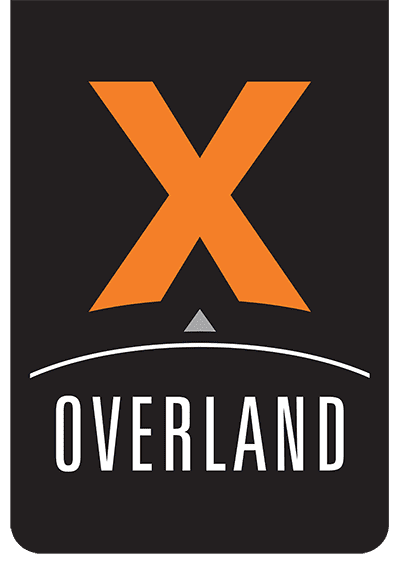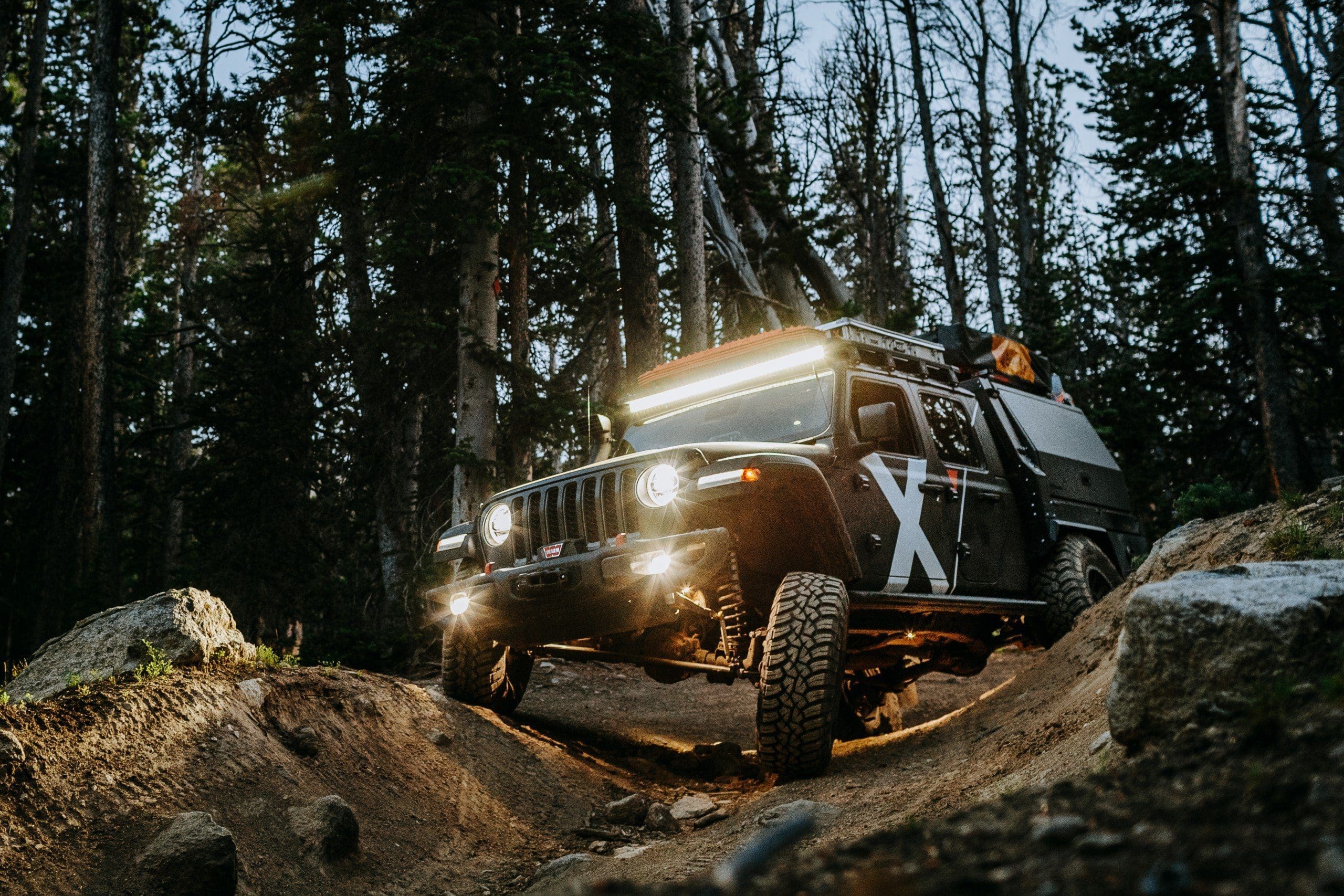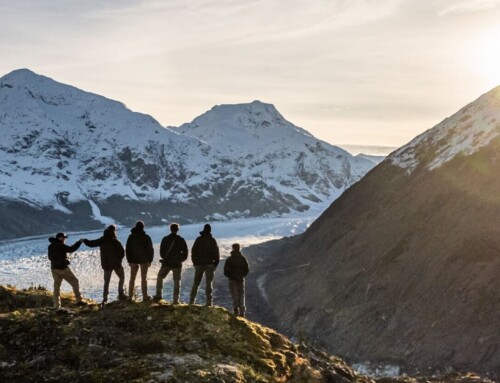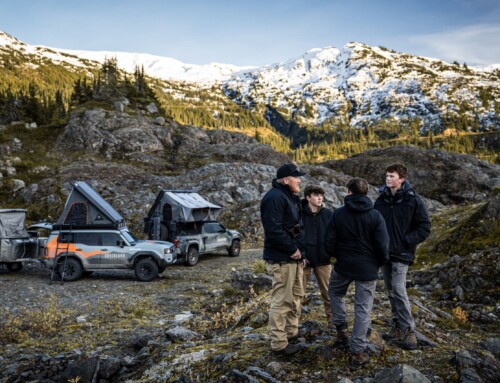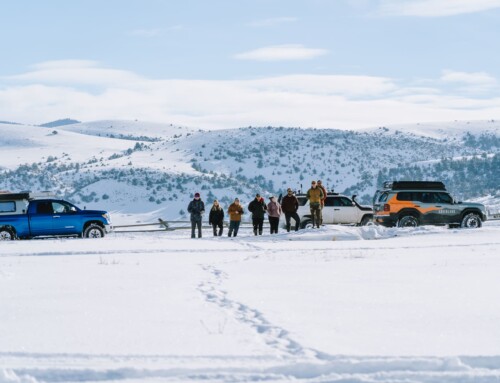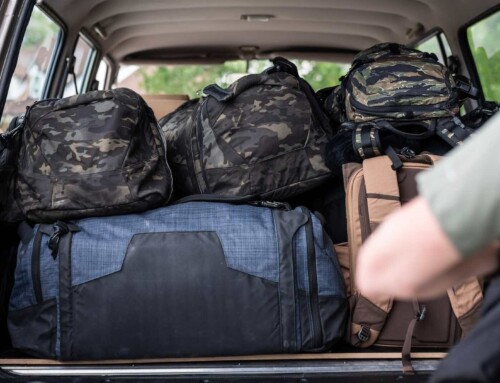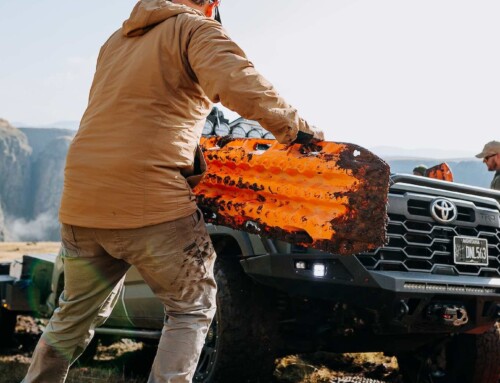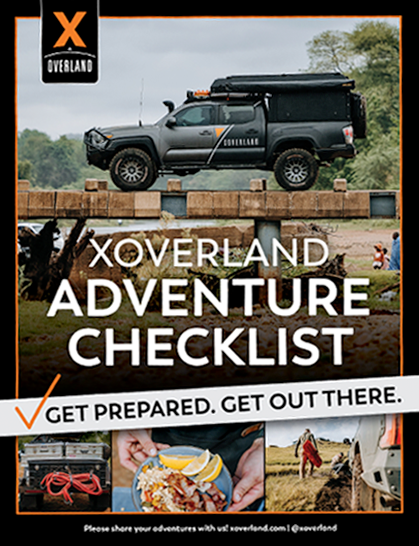Whether performing regular maintenance or repairing your vehicle, it is important to know your overlanding tool kit essentials and how to optimize organization. Because each vehicle is unique and oftentimes requires its own set of tools, and depending on the type of trip you’re embarking on, knowing which items to include in your overlanding tool kit can be confusing and overwhelming.
Fortunately, the Expedition Overland team has a few tips and tricks to streamline this process. Everyone has their own go-to toolkit items for a variety of reasons, so we checked in with team members Rachelle, Clay, Richard, and Ryan to discuss their favorites.
Rachelle
“Ratchet straps are my number one go-to overland toolkit item. This comes from past experience. During my third rally in Morocco, a spring broke on our vehicle, so we ratcheted the frame back down onto the coil springs and were able to drive all day and successfully return to base camp that night. You can hold a lot of things together with ratchet straps, and can put a lot of pressure on them without requiring too much upper body strength.”
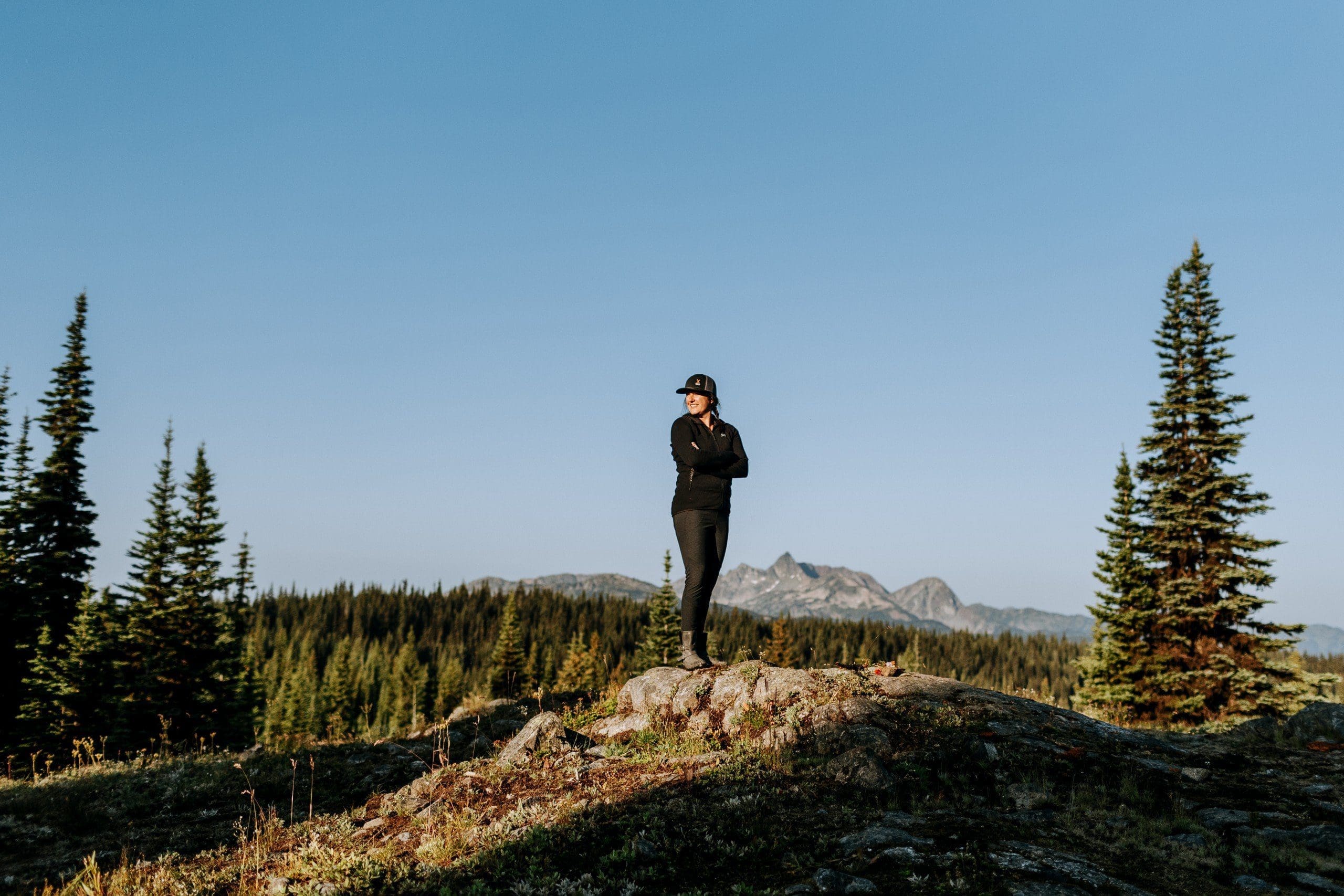
I also bring a pair of utility scissors. You can use a good-quality pair for nearly everything: cutting wires, plastic bumpers, etc. I use these in place of a pocket knife at times so that cutting doesn’t wear the blade of the knife. A ratcheting screwdriver is another handy item. I keep one in the house and one in my toolkit. It has four different bits and I use it for anything you would need a multi-tool or screwdriver for.
Another great tool with many uses is a hammer or rubber mallet, which can be used for hammering tent pegs, loose connections, or when things rust up and seize and you require some force. I’ve also used a hammer in a situation where a battery terminal corroded, and it worked perfectly. The rubber mallet is great if you have space for it, as it is less likely to cause damage but you can still use force.
I also always bring a ton of tire pressure gauges. I keep a couple in my tool kit and stash them in door pockets around the vehicle, that way anybody can grab one and check tire pressure. Like pens, they seem to disappear frequently so I like to have lots on hand.
An Allen key is really important for tightening any loose nuts and bolts at the end of a long day. I conduct a daily inspection of the vehicle during the Rebelle Rally, as well as in Colombia and Peru after long days of driving on washboard roads.
Finally, zip ties are a great all-purpose latching tool. You can use them to replace plastic clips around the fender as these tend to break or get ripped off. I’ve used zip ties to reattach a bumper and prevent it from rubbing on the front tires. I also use both plastic and metal zip ties, especially metal ones on hot surfaces where plastic zip ties could melt.
Clay
“Think of your overland tool kit as a medical kit for your vehicle. When choosing items, think about what you want if it all goes wrong, and what is most likely to go wrong.”
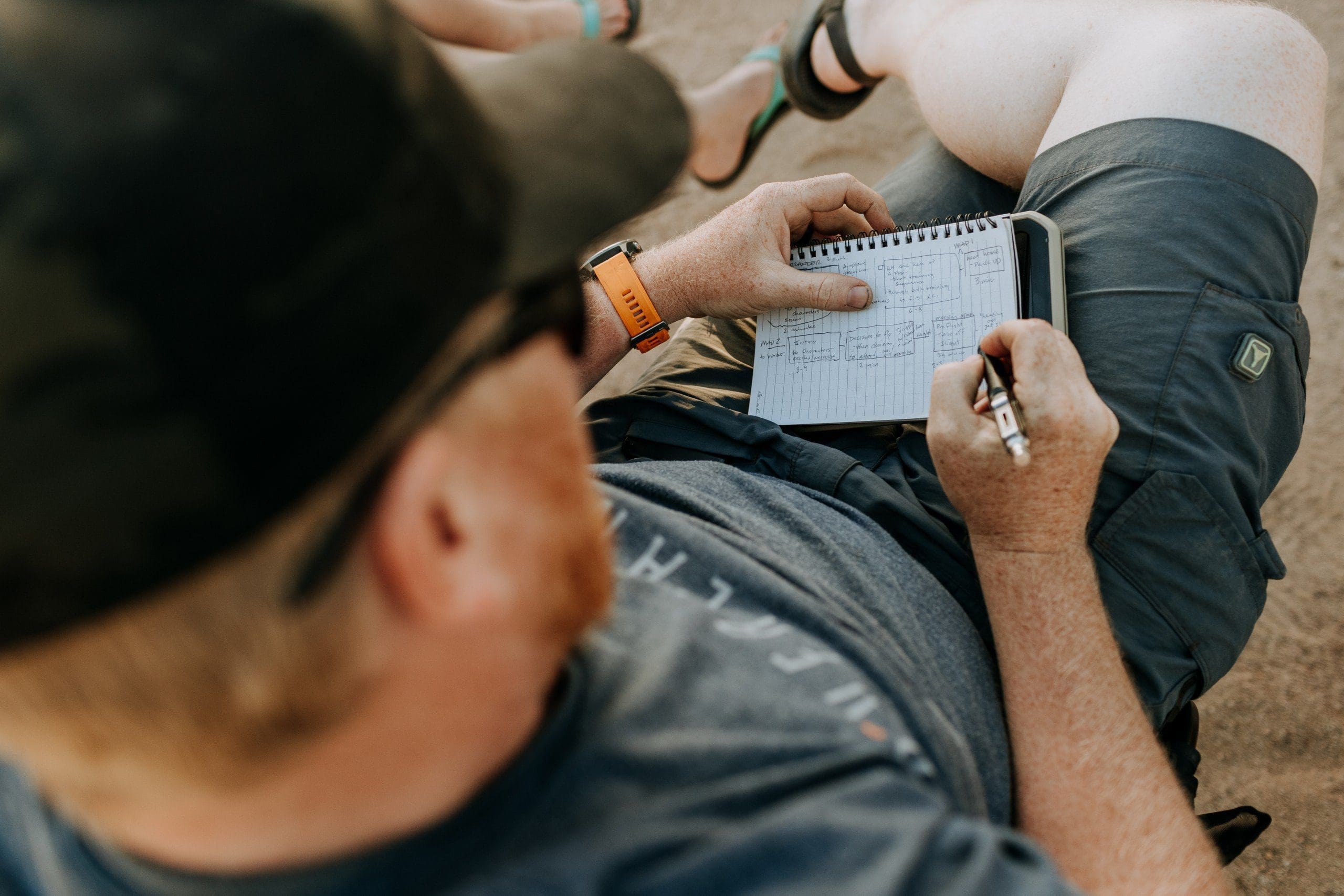
I like to bring lots of super glue, J-B Weld, QuikSteel, Gorilla Tape, and Loctite Silicone. QuikSteel is multi-functional, inexpensive, and can be used to fix nearly everything—radiators, leaks on oil pans, or items that require a putty-type substance that can be sanded down or drilled.
A good socket set, such as Blue-Point, is well worth the money. Good-quality socket sets are less likely to break, and cheap replacement sockets do not exhibit the longevity found in a well-made socket set.
Ensure you have the properly sized jack to lift your vehicle. Is your standard bottle jack going to work on a vehicle that’s been modified?
Richard
“My favorite thing to do is build a toolkit specifically for each vehicle. Whenever you work on the vehicle, use that specific toolkit instead of tools from your garage. This way you’ll know exactly what you need and what to keep in the vehicle at all times in order to repair it. We also have a toolbag and tool roll that allows us to organize our tools in a way that items are easily seen.”
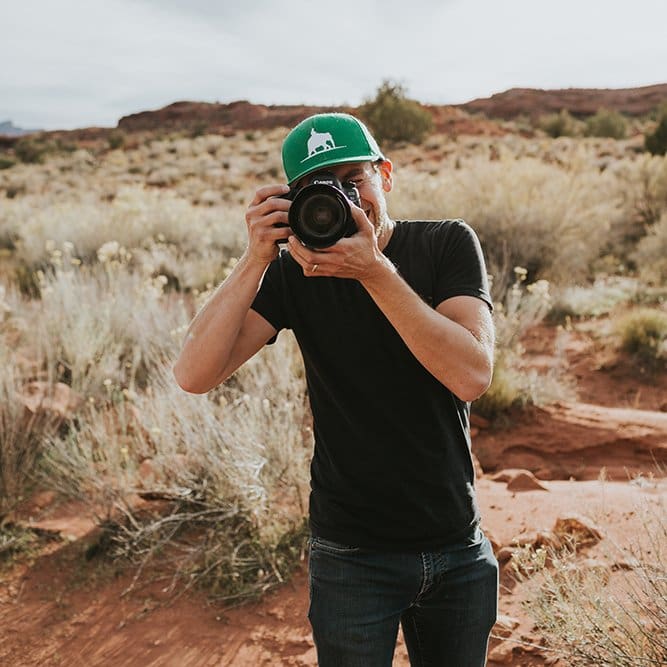
Many failures occur due to the installation of aftermarket parts, so things such as an electrical kit (with a multimeter and ratcheting wire crimpers) and a drill with drill bits can help repair overland-related equipment such as campers, roof racks, auxiliary wiring, etc. Things like awnings and roof rack bolts can become loose after thousands of kilometers of washboard roads.
I like to keep a small, adjustable wrench and zip ties close at hand because many times you’ll need to tighten a bolt or strap something down quickly in order to keep moving. It’s much more convenient to have these items close by, and you don’t have to pull out the whole toolbox. My favorites are zip ties, JB-Weld, 3M Duct Tape, and baling wire because you can fix nearly anything with a combination of these items.
We always carry spare parts, including extra belts, oil filters, and spare oil. For long-term trips, we bring parts along that aren’t as easily available worldwide, especially ones that can easily fail and leave you stranded but are easy, small, and inexpensive to carry. These will vary depending on your vehicle.
Ryan
I’m partial to battery-powered tools such as Milwaukee cordless tools (the compact 12-volt air compressor and 12-volt impact wrench). These take up much less space than a tire iron, are lightweight, and can bust lug nuts off very easily. I also keep the batteries around all the time, which can be used for charging your phone.
A big work light can be a handy tool to have on the road, especially if you’re trouble-shooting at night.
A parachute cord or 550 cord is great because it’s thin, pretty strong, and takes up minimal space. These can be used for lashing items, tying stuff down on the roof rack.
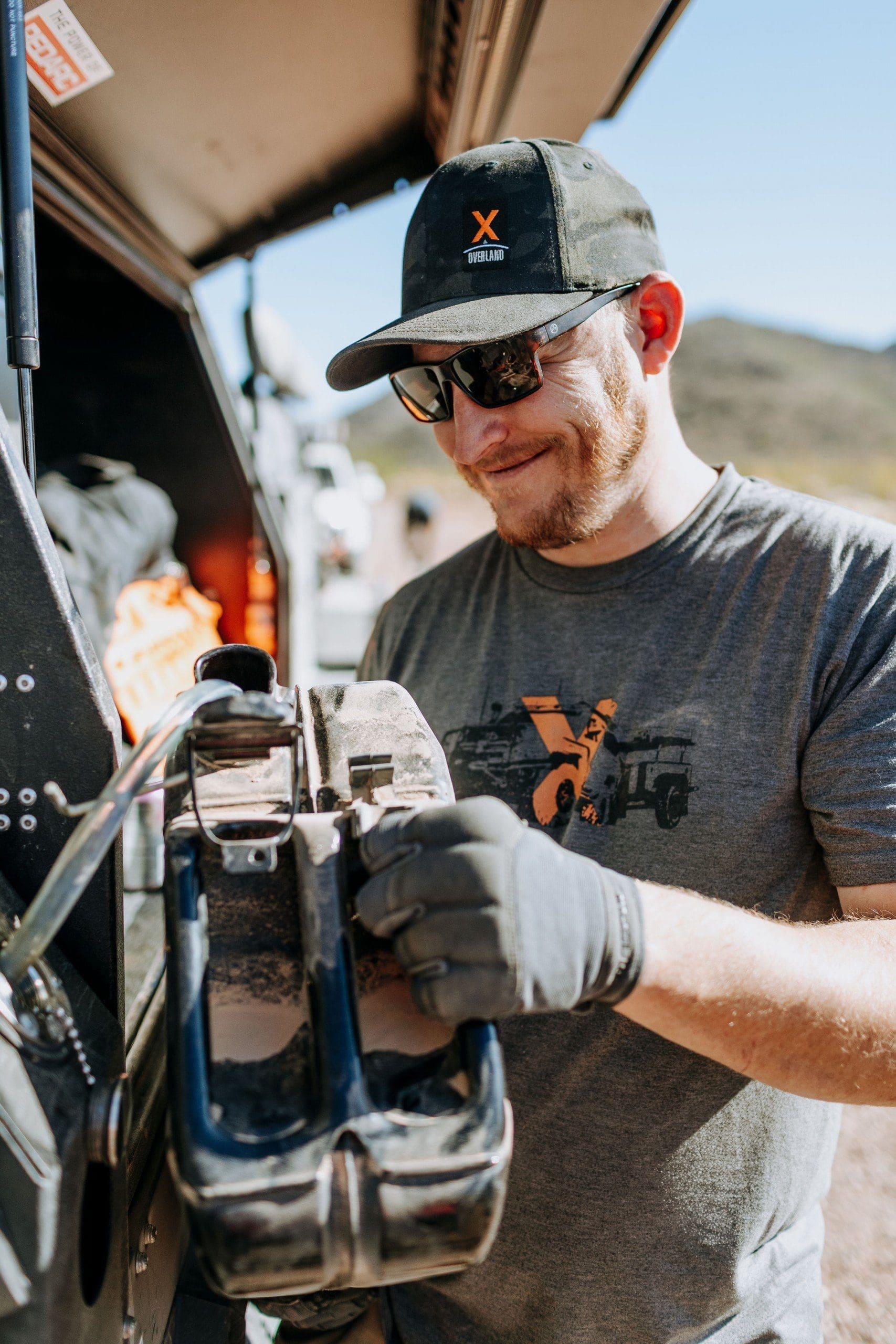
Want to learn more? Check out this episode of “Oh Hey There With Jeff – What Do You Need In Your Travel Toolkit?”
We hope these tips and tricks will help narrow down your overland tool kit essentials. Let us know what your absolute favorite tool kit items are in the comments below. Which items have proved themselves to you time and time again, or saved you from a sticky situation while on the road?
